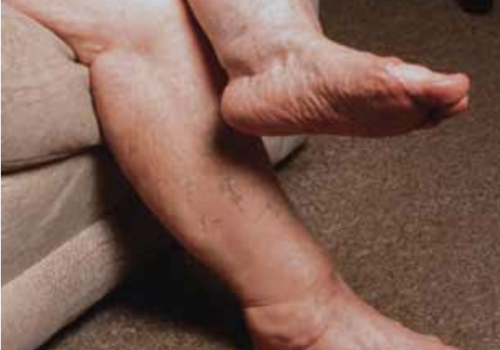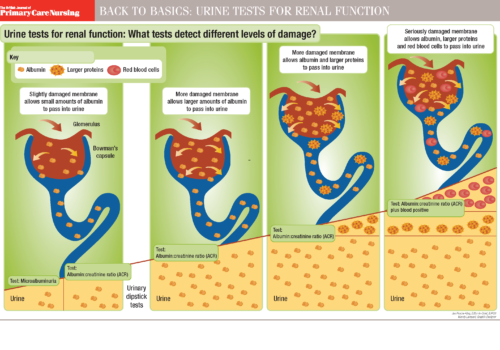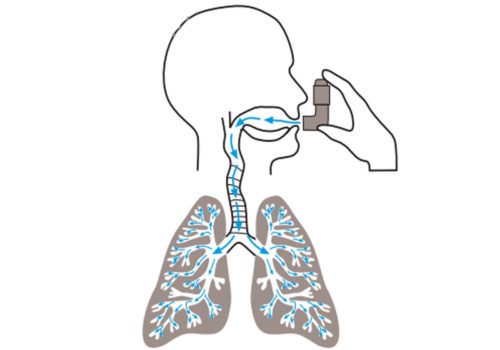Many people with type 2 diabetes are overweight or obese at diagnosis and continue to struggle to control their weight. This article looks at why people with diabetes find weight control more of a challenge than the rest of us and how practice nurses can help patients to remain positive, particularly when starting insulin to optimise blood glucose control.
What factors influence what we choose to eat and how can we improve choices?
Obesity is, quite literally, the big health problem of the 21st century, with rapidly increasing rates in both adults and children. In this article we explore why obesity is such a challenge and the role of primary healthcare professionals in addressing the problem. We try to unravel the wide range of factors that cause obesity before focusing on why people eat what they do and how we can help patients to review their eating habits, introduce changes to eat more healthily and then sustain those changes.
Swollen ankles: preventing, detecting and managing oedema
It is Friday afternoon and, checking your screen, you see your last free appointment has been given to a patient you have seen in the past for routine blood tests. This time when she enters the room you observe that her legs are covered with what looks like kitchen roll, and she is wearing supermarket carrier bags over her feet to protect her shoes. For many of us, this is a ‘heart sink’ patient – with heavy, wet and oedematous legs that are difficult to manage. To be able to manage this type of condition we first need to understand the possible causes of oedema, to identify patients who may be at risk for developing the problem, and to be aware when early intervention could be of benefit.
What is the evidence for statins in the secondary prevention of stroke?
The Stroke Association estimates that about 150,000 people suffer a stroke in the UK each year. Stroke is the third commonest cause of death in developed countries and the leading cause of disability. So can we reduce this burden? In this article, we look at the evidence for statins in the secondary prevention of stroke.
Back to Basics: Urine tests for renal function
Urine tests for renal function: What tests detect different levels of damage?
Venous thrombosis and thromboembolism
Venous thromboembolism (VTE), comprising deep vein thrombosis (DVT) and pulmonary embolism (PE), is a major public health problem affecting around 100 per 100,000 population per year and causing thousands of deaths annually. Large population-based studies have shown that factors associated with hospitalisation account for half of the attributable risk of VTE.
Why Optimise Inhaler Technique in Asthma and COPD?
Asthma UK estimates that 2.1 million patients in the UK are suffering unnecessarily because
they do not use their asthma treatment effectively. This article looks at how inhaled
therapies are deposited in the lungs, and at the basic differences between inhalers – with
a focus on optimising inhaler technique.
The effects of the weather on COPD
Those of us working with patients suffering from COPD know anecdotally that cold
weather directly impacts exacerbation rates and hospital admissions in the same way
as thunderstorms affect those with asthma (see BJPCN Vol 1, Issue 2, March 2007).
This article explores the links between COPD and weather patterns. You may not want
to be thinking about the winter but action now should give time to put preventive systems in
place to help at-risk patients before the cold weather appears again.
Representative sampling – take your pick
How to Treat Winter Coughs and Colds
The number of respiratory consultations in primary care increases in the winter months.
We see more patients with acute exacerbations of their underlying respiratory condition,
such as asthma or chronic obstructive pulmonary disease (COPD) caused by the cold
weather and the increased number of viruses and airborne infections that occur at this
time of year. So what advice should we give to patients with cold and flu-type symptoms during
the winter? And is the approach we take with respiratory patients in any way different from the
approach taken with otherwise healthy individuals?
Editorial Summer
Summer is here and time for a new issue of the BJPCN – packed full of
useful information and news from the respiratory and allergy world.
We cover a lot of different topics in the main articles this month – from
pleural effusions to angioedema, from asbestosis to urticaria. A scan
through the summaries of the latest research in the Evidence in Practice
section will reveal interesting studies with dogs, trees and alcohol! Have
a great read.
Education for Health – Pioneering Primary Care Education 1987-2007
Over the past 20 years, Education for Health and its previous organisation The National Respiratory Training Centre, has provided immensely valuable training support for primary healthcare professionals, particularly in the management of long-term diseases. From small beginnings the organisation has developed into a world leader in nurse training and is actively sharing UK quality and […]
























